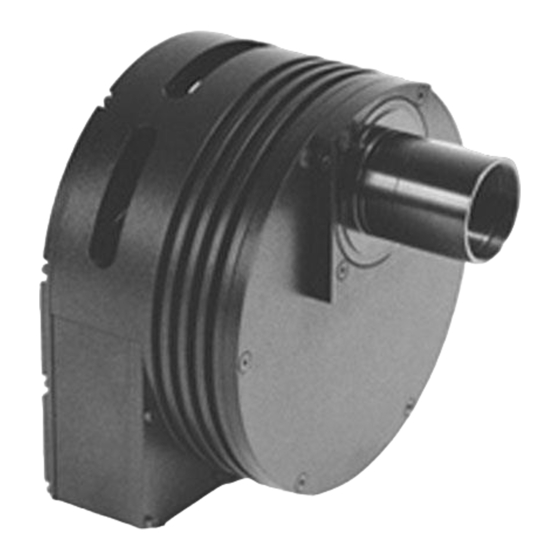
Table of Contents
Advertisement
Quick Links
▬▬▬▬
SBIG
ASTRONOMICAL
INSTRUMENTS
Operating Manual
CCD Camera Models
ST-7XE/XME, ST-8XE, ST-9XE,
ST-10XE/XME and ST-2000XM/XCM
With High Speed USB Interface
Santa Barbara Instrument Group
147A Castilian Drive
Santa Barbara, CA 93117
Phone (805) 571-7244 • Fax (805) 571-1147
Web:<www.sbig.com> • Email:<sbig@sbig.com>
Advertisement
Table of Contents











Need help?
Do you have a question about the ST-7XE and is the answer not in the manual?
Questions and answers